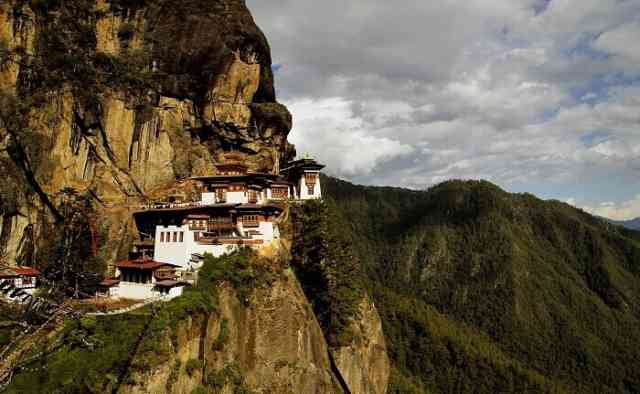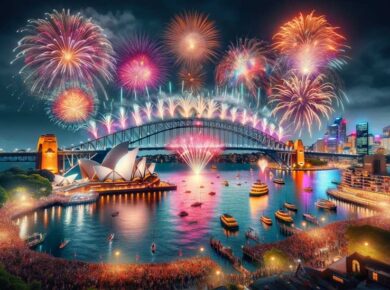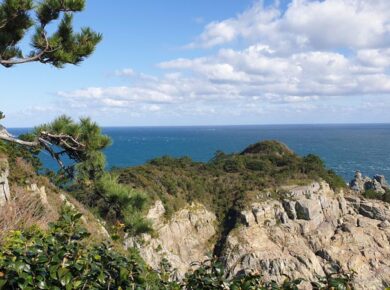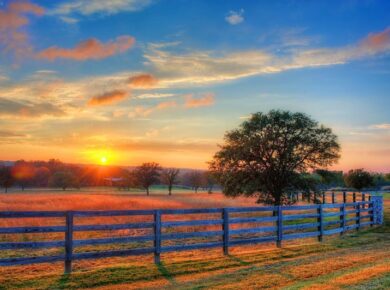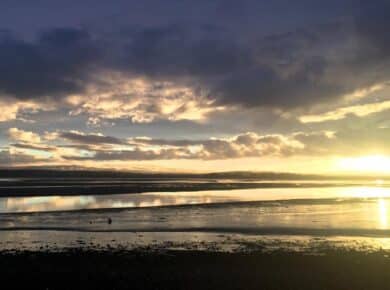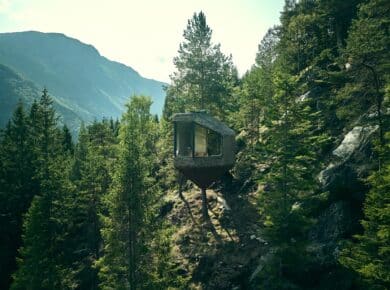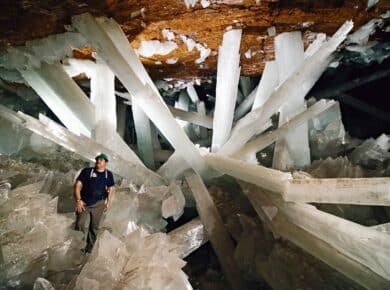The Tiger's Nest (Taktsang Monastery)
Taktsang Lhakhang or the Tigers Nest Monastery is Bhutan's most iconic landmark and religious site. The name Taktsang translates to “The Tiger's Nest”. This temple is one of the most holy sites in the kingdom and clings impossibly to a sheer cliff face 900 hundred meters above the Paro Valley. It was first built in 1692 at a cave where Guru Rimpoche (Buddhist Master) meditated in the 7th century A.D. Legend states that Guru Rimpoche flew to the site atop the back of a tigress and meditated in the cave for 3 years, 3 months, 3 days and 3 hours in order to subdue evil demons residing within it. The cave has been considered a sacred site ever since and many famous saints
Punakha
This dzong (fortress) was the second dzong to be built in Bhutan and it served as the capital and seat of government until Thimphu was promoted to the top job in the mid-1950s. It's arguably the most beautiful dzong in the country, especially in spring when the lilac-coloured jacaranda trees bring a lush sensuality to the dzong's characteristically towering whitewashed walls. Elaborately painted gold, red and black carved woods add to the artistic lightness of touch. Guru Rinpoche (Buddhist Master) foretold the construction of Punakha Dzong
Dochula Pass
Dochula Pass is located on the way to Punakha from Thimphu at 3100 meters above sea level. The pass is a popular location among tourists as it offers a stunning 360 degree panoramic view of Himalayan mountain range. The view is especially scenic on clear, winter days with snowcapped mountains forming a majestic backdrop to the tranquility of the 108 chortens gracing the mountain pass
Buddha Dhordenma (Thimphu)
This massive statue of Buddha Shakyamuni measures in at a height of 51.5 meters, making it one of the largest statues of Buddha in the world. The statue is made of bronze and is gilded in gold. 125,000 smaller Buddha statues have been placed within the Buddha Dordenma statue, 100,000 8 inch tall and 25,000 12 inch tall statues respectively. Each of these thousands of Buddhas have also been cast in bronze and gilded. The throne that the Buddha Dordenma sits upon is a large meditation hall.
Rinpung Dzong (Paro)
The Paro Dzong (fortress) is one of Bhutan's most impressive and well-known dzongs, and perhaps the finest example of Bhutanese architecture you'll see. The massive buttressed walls that tower over the town are visible throughout the valley. The dzong's correct name, Rinchen Pung Dzong (usually shortened to Rinpung Dzong), means 'Fortress on a Heap of Jewels'. In 1644 Zhabdrung Ngawang Namgyal ordered the construction of the dzong on the foundation of a monastery built by Guru Rinpoche. The fort was used on numerous occasions to defend the Paro valley from invasions by Tibet.
Khamsum Yulley Namgyal Chorten (Punakha)
Khamsum Yulley Namgyal Chorten stands out on a beautiful ridge above the Punakha valley. Her Majesty built the Queen Mother, Ashi Tshering Yangdon Wangchuck it. It took nine years to build, and Holy Scriptures rather than engineering manuals were consulted to construct this 4-story temple. It is a fine example of Bhutanese architecture and artistic traditions. This temple has been dedicated for the wellbeing of the kingdom, its people and all sentient beings. It is a 20-30 minutes hike from the suspension bridge.
Phobjikha Valley (Gangtay)
Phobjikha is a bowl-shaped glacial valley on the western slopes of the Black Mountains, bordering the Jigme Singye Wangchuck National Park. Because of the large flock of black-necked cranes that winters here, it is one of the most important wildlife preserves in the country. In addition to the cranes there are also muntjacs (barking deer), wild boars, sambars, serows, Himalayan black bears, leopards and red foxes in the surrounding hills. The Nakey Chhu drains the marshy valley, eventually flowing into the lower reaches of the Punak Tsang Chhu. Some people refer to this entire region as Gangte (or Gangtey), after the goemba (monastery) that sits on a ridge above the valley.
Bumthang
This region that spans from 2,600-4,500m is the religious heartland of the nation and home to some of its oldest Buddhist temples and monasteries. Tales of Guru Padmasambhava and the tertons (“religious treasure-discoverers”) still linger in this sacred region.
The name Bumthang has two probable origins; the first is that it is named after a Bumpa, a vessel for holy water which the valley resembles in shape. The second origin implies that it is the Valley of Beautiful Girls as Bum translates to 'Girl' and Thang means 'flat piece of land'.
These fertile valleys are covered in fields of buckwheat, rice and potatoes. Apple orchards and dairy farms are also common sights here. This serene region is one of the most peaceful places in the kingdom.
